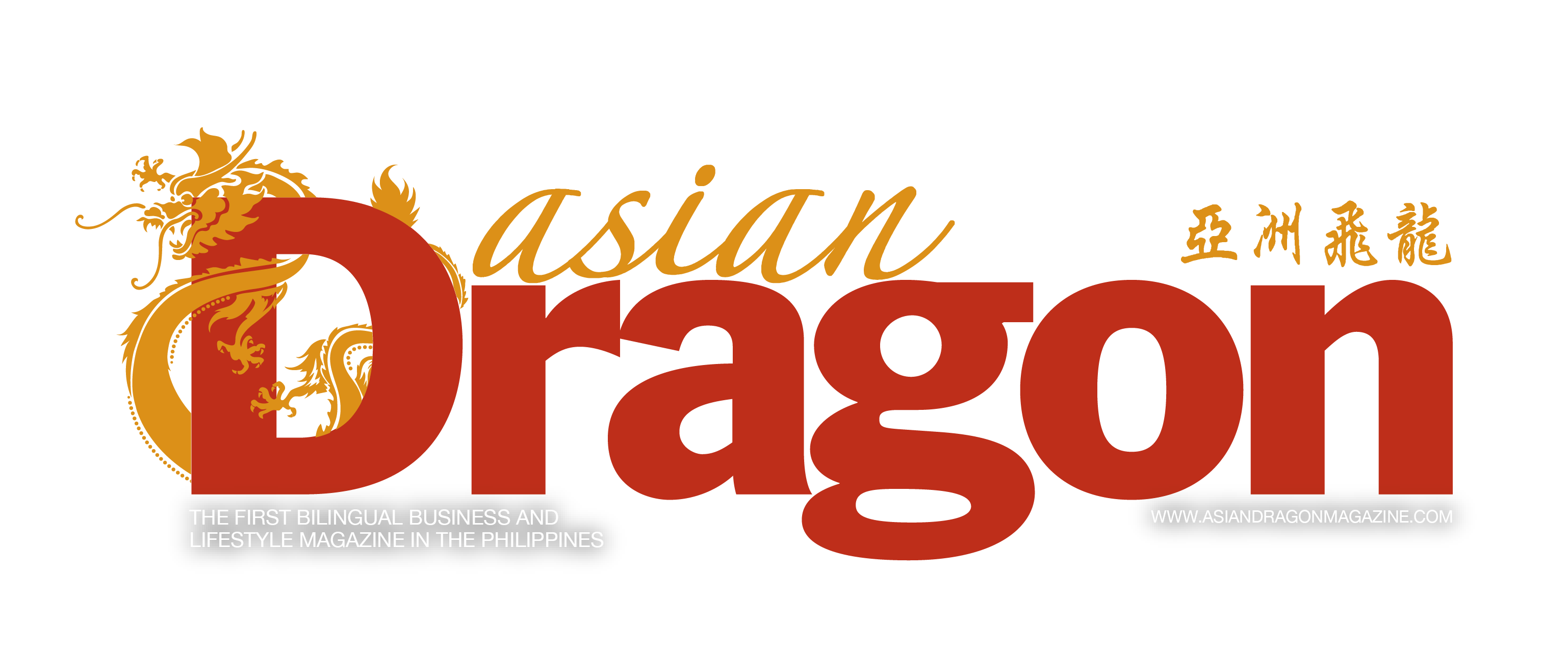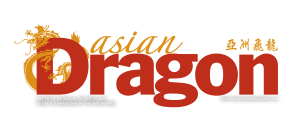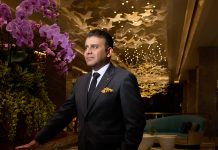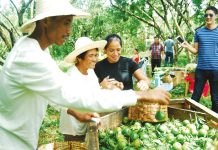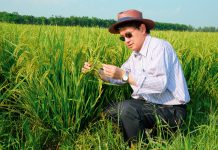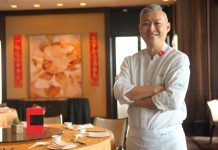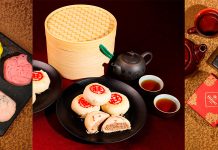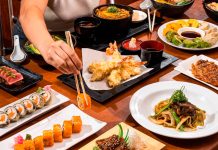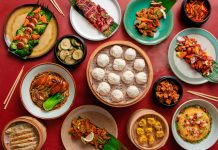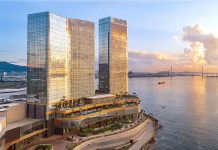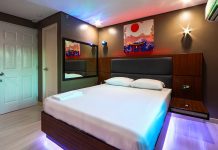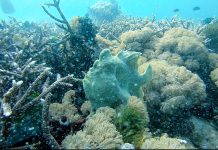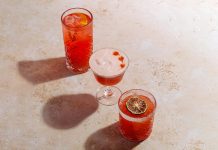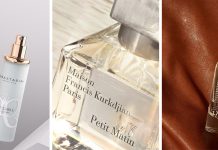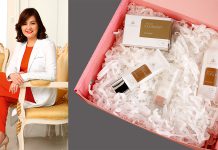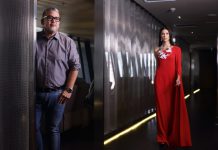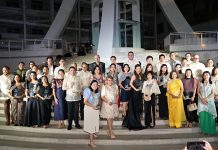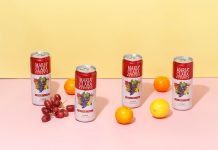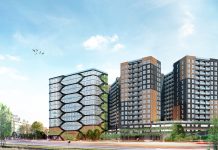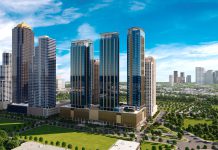In the health science field, a never-ending debate continues to rage: which is a more potent force in understanding our bodies, and therefore, our health? Aren’t we already genetically mapped out even before we are born, so that much of who we are is predestined? Or is the “healthy lifestyle” the counterbalance to genetic predispositions? In other words: nature or nurture?
This observance of how genetics affect how we look has been taken to mean that our body shapes and health conditions are not controllable, because those genetic determinants are already “there,” and we should simply accept what we are and how we are. I’ve seen mothers and daughters who share the same wide hips in their pictures, or fathers and sons with the same protruding belly that seems to mark all the males in their clan. In my own family, all my (male) cousins are almost balding, and in family reunions, we like to joke about how it is unmistakable how related we are, because of our collective hair loss.
But what does scientific research say? Is there little we can do to alter what our genetic makeup dictates? Or do we “break the (genetic) mold” and try to forge our own path to health and fitness?
Dean Ornish, a clinical professor at the University of California in San Francisco and founder of the Preventive Medicine Research Institute, gives us the answer. In his TED talk, he states what many lifestyle gurus have been professing for years: we can change who we are by what we do.
From his talk, I would like to share Dean Ornish’s recommendations on how we can make changes in ourselves, even in conditions thought to be largely genetically predetermined.
Eat healthier. We have had many conflicting reports about what to eat, what to cut out. A recent article on social media was expounding on the benefits of fasting for 16 hours every day, with testimonials from “successful” practitioners. But having been exposed to so many dietary fads, it’s always been my contention that the middle ground will more likely than not be a safer bet.
Exercise. I recommend physical activity and its many benefits. Even in the extreme case that you do not see the physical changes you wish to see—an hourglass figure, the body of a certain celebrity—I challenge you to check with your doctor to assess what is going on inside: your heart rate, your triglyceride levels, your blood sugar level. Your body will prove that exercise is good for you, makes you healthier, and boosts you in so many ways, even if these are not yet apparent outwardly.
Manage stress. While stress has always been present in many situations, the current pace of our lives, work problems, even political and economic news have all been contributing to an almost lethal level of stress. The term Ornish uses is “manage,” not “eliminate,” which I think is significant, because it admits that we will not be able to get rid of stress, but we can take steps to control how it affects us.
I would love to have the Zen mindset of many mind-body practitioners—and this also explains the rise of modalities like yoga and tai-chi, or the proliferation of “destressing” centers like spas and retreats.
Love more. This speaks to our emotional health, something that most exercise or physical health advice fails to incorporate. We cannot easily compartmentalize our lives. Indigenous peoples have always known how interconnected the different areas of our lives are, and even how we act in one area inevitably affects the others.
In Ornish’s talk, he explained how all these actions can have effects like unclogging arteries, and even reversing prostate cancer. Like him, I have no doubt of the power that genetics play in our lives. But I like to think of genes and what we were born with as the starting point—it’s what we have coming out of the gate. But between that point and when we take our last breath, it’s a journey that is largely of our own choosing. When we make better choices in food, physical activities, stress management, and emotional health, we get to say how our journey goes—and it can be one that is healthier, happier, and more fulfilling.
Illustration by Mitzi Villavecer
Read a more extensive fitness advice from Joey inside the magazine, available in all leading bookstores nationwide or downloadable from Magzter.
